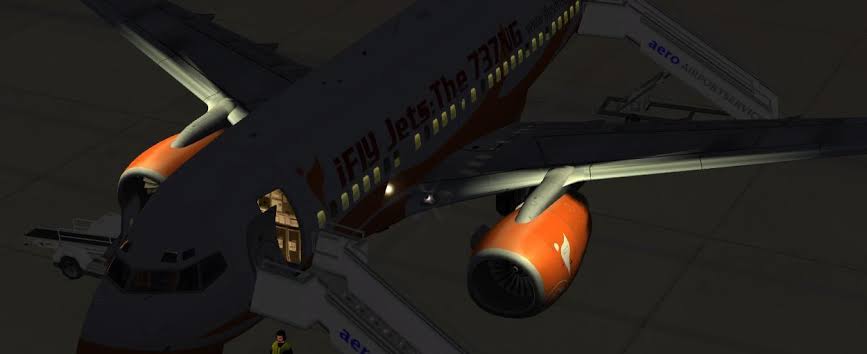Navigation lights

Any lights which are fitted to exterior of aircraft are external lights of aircraft. The intention behind this is to increase visibility to others and to signal action any starting of operation. Before the use of light emitting diods (LED) on aircraft, incandescent bulbs have been used to provide light. The convention of marine vessels established a half-century earlier are followed by aircraft navigation lights that are a green navigation light located on the right wingtip leading edge and a red navigation light located on the left wingtip leading edge. Also a white navigation light should be located on as far as possible on tail of aircraft or at each wing tip. To aid in collision avoidance, high-intensity strobe lights should be located on the aircraft. On the top and bottom of the fuselage, wingtips and tail tip, anti-collision lights which are flashing lights are affixed. When something is happening such as running of engine or entering in active runway which should be make aware to ground crew and other aircraft, function of this anti-collision lights get starts. Navigation lights should be ON from sunset to sunrise by pilot in civil aviation. The red rotating beacon and high intensity white strobe lights are part of anti-collision light system. All such lights should be operated when there is need. For example when aircraft require push back then pilot must turn on beacon light to notify ground crew that engine is going to start. This beacon light must be kept on during entire journey.
Anti-collision lights
Anti-collision lighting system is a form where lights are emitted in rotating beam form or in strobe type form in which short duration flashes of high intensity lights are emitted.
Beacon lights
Beacon lights are usually found on large passenger aircraft on top and bottom of fuselage flashing red lights. This light perform role to alert other aircraft and crew that aircraft is about to move or engine is starting or is about to shut down. The chance of light will be get noticed increases as it spin the flashing effect. Beacon lights are such a bright that it can be recognize easily from ground and also in dark or overcast conditions where the plane itself isn't completely visible.
Strobe lights

On the furthest of aircraft wings, large aircraft and some small aircraft bright white color flashing strobe light are affixed. They are use to notify that aircraft is entering approaching an active runway, and for visibility in dark sky. Capacitor discharge flash tube is principle behind working of this light. This unit is of glass or quartz which is field with xenon gas. The capacitor between two electrodes of xenon filled tube is charged and discharged periodically resulting into high intensity flash. In a dense cloud or in fog condition, they are turned off as they can obscure the pilot's sight by reflecting off water particles.
Landing lights

Almost all aircraft which are approved for night time operation are equipped with landing lights. Because of the considerable distance that may separate an aircraft from terrain or obstacles, Landing lights are usually of very high intensity. Landing lights of large aircraft are such a intensive that it can be seen from 100 miles away. Intensity, reliability, weight, and power consumption are key considerations of landing light design. Ordinary incandescent lamps, halogen lamps, various forms of arc lamps and discharge lamps, and LED lamps are some past and present form of lamps. This lights are responsible to provide essential illumination for landing and taxing of aircraft. The reason behind illumination over the runway immediately ahead of the aircraft from position as wing leading edges, front fuselage section and nose landing gear structure is the arrangement of landing lights. With the help of electric motor and gear mechanism, or by a linear actuator, angle of lights can be changed by extending and retracting motion. In the leading edge of wing near the fuselage a fixed type landing light is located. Where as in the fairing of each outboard landing flap track an extending/ retracting type light is located.
Wing inspection lights
Wing inspection lights are also know as ice inspection lights. To detect the formation of ice on leading edge of wing and also at air intakes of turbine engines, this lights are fitted to most of aircraft. This light are set at particular angle so that they direct beam of light on required area by attaching this lights into side of fuselage. This lights are attached to trailing edge section of wing of those aircraft who has rear mounted engines.





Very nice Shreyash .
ReplyDeleteKeep it up.
All the Very Best.
Excellent work
ReplyDeleteGreat work bro..
ReplyDeletePost a Comment